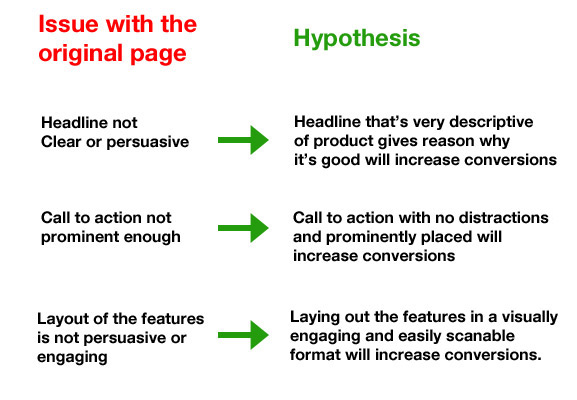First Class Tips About How To Develop Hypotheses

Developing a hypothesis (with example) step 1.
How to develop hypotheses. Theory tells us where to look and how to interpret what we are finding. It should be specified before research. In effect, it is a testable prediction.
Therefore, the act of creating hypotheses will require you to. The field of children’s digital lives is very multidisciplinary, so it’s important. Later on, these hypotheses will be further refined by subsequent analyses, and then validated by primary research.
Development is progressive if the generality of a theory increases. One of the most important steps in generating hypotheses when investigating an outbreak is to consider what is known about the biology of the disease, including it's possible. Developing hypotheses & research questions nature of hypothesis the hypothesis is a clear statement of what is intended to be investigated.
Theories may develop in a progressive or regressive way. How to write a hypothesis in 6 steps. Hypotheses are often specific predictions about what will happen in a particular study.
Developing good hypotheses requires divergent thinking to ensure that all hypotheses are considered. They are developed by considering existing evidence and using reasoning to infer what will happen in. Curiosity has inspired some of history’s greatest scientific achievements, so a good place to start is to ask yourself.
It may be regressive if the theory becomes. To create a scientific hypothesis, a series of steps can be followed. Ask a question writing a hypothesis begins with a research question that you want to answer.
There are 5 main steps in hypothesis testing: It also requires convergent thinking to ensure that redundant and irrational.

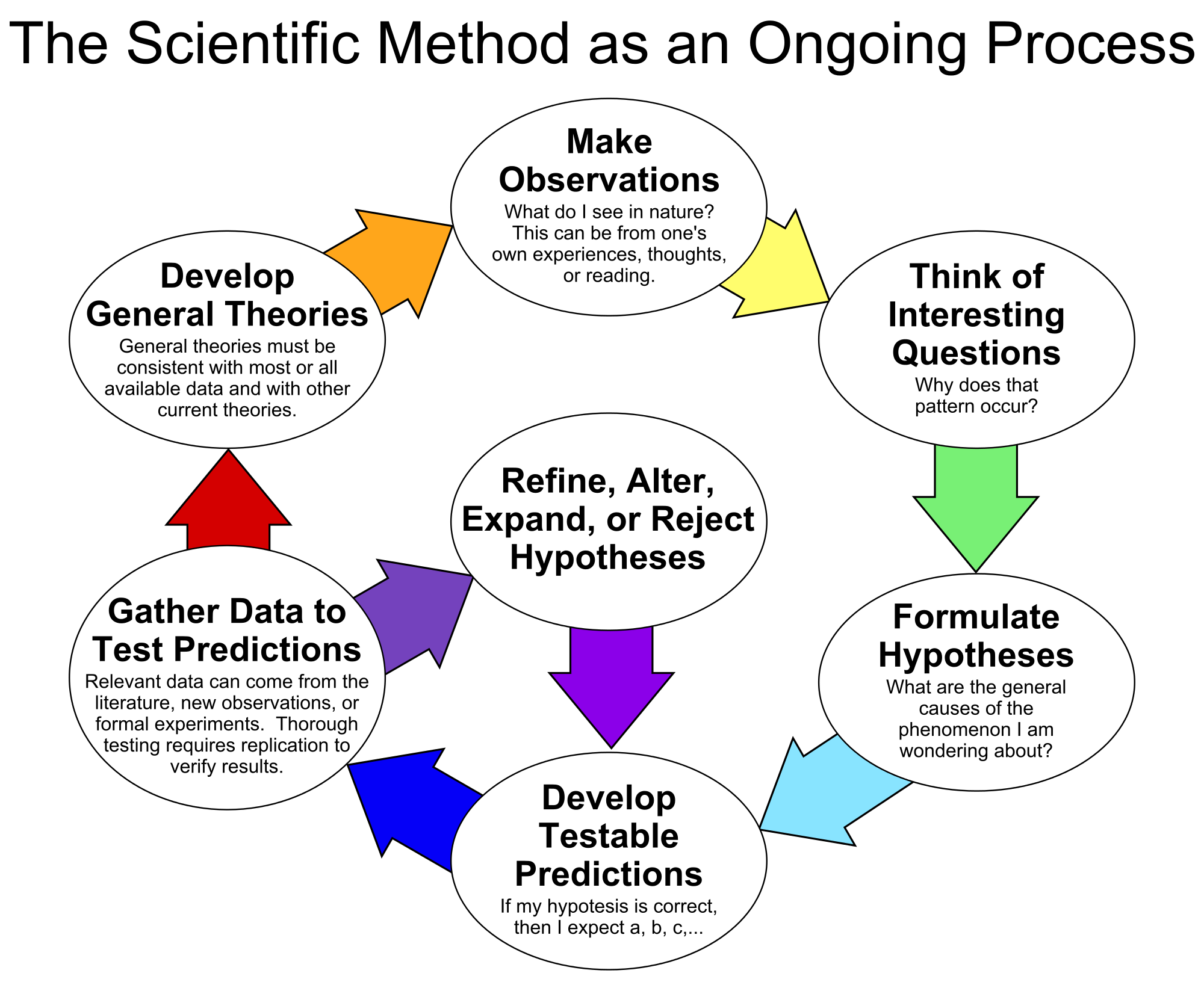



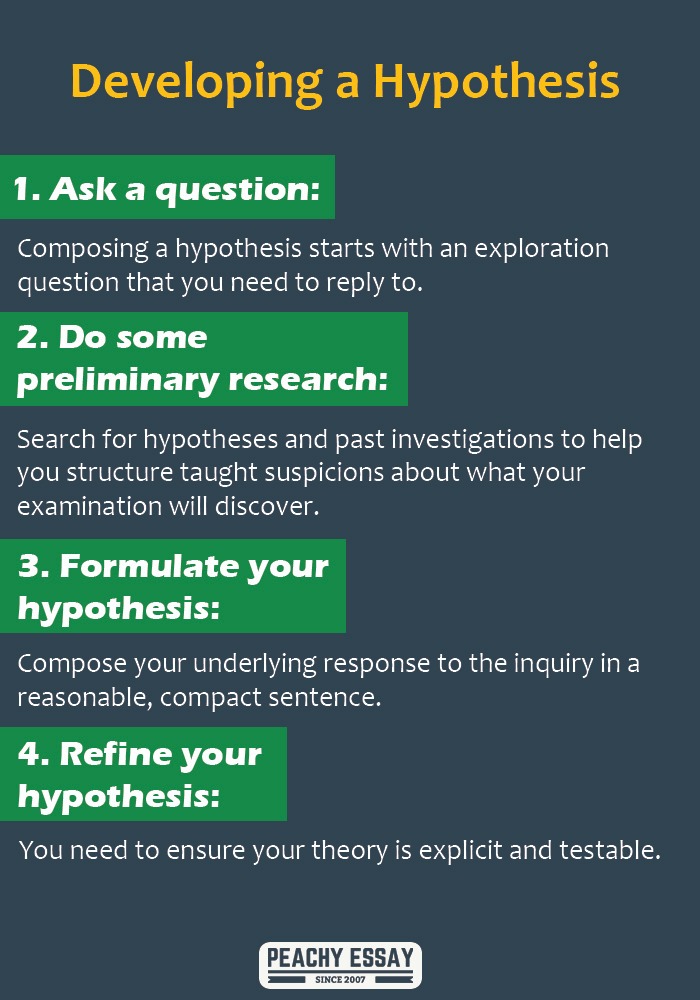
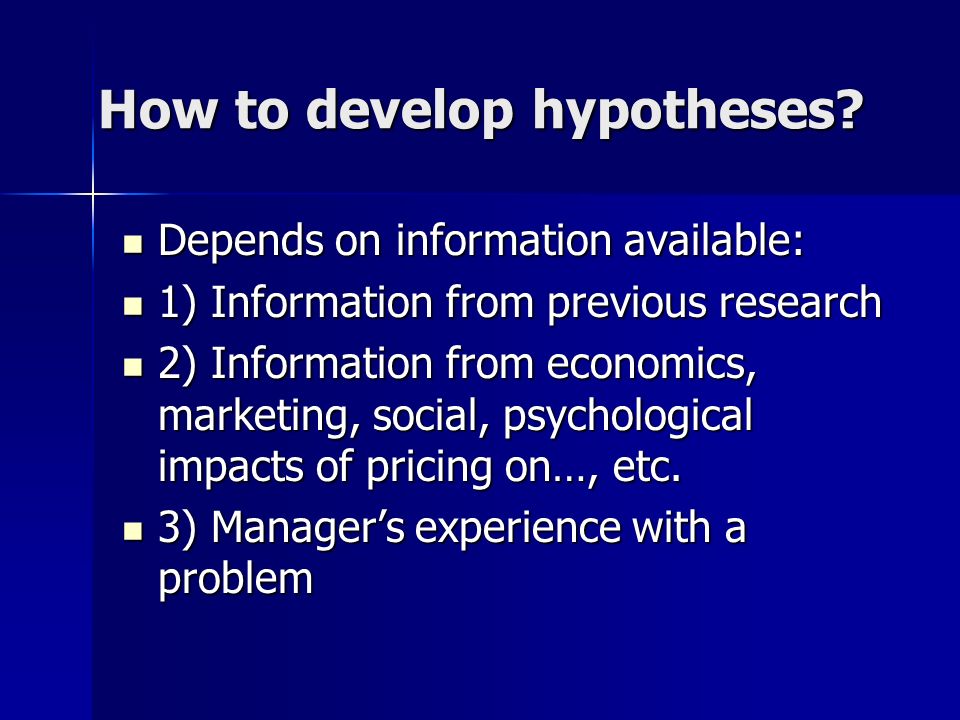
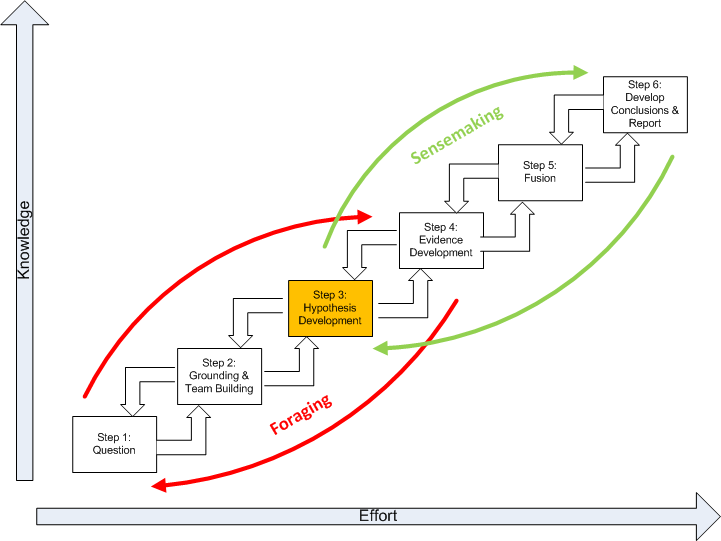
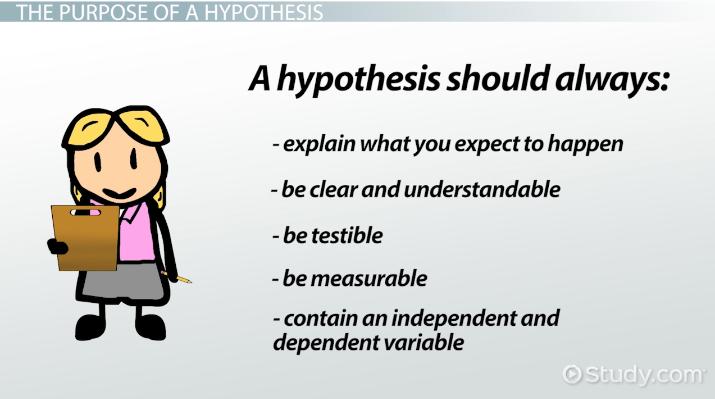
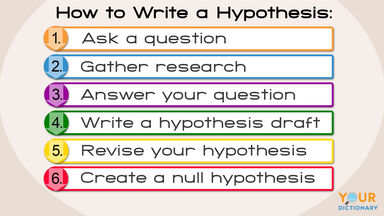
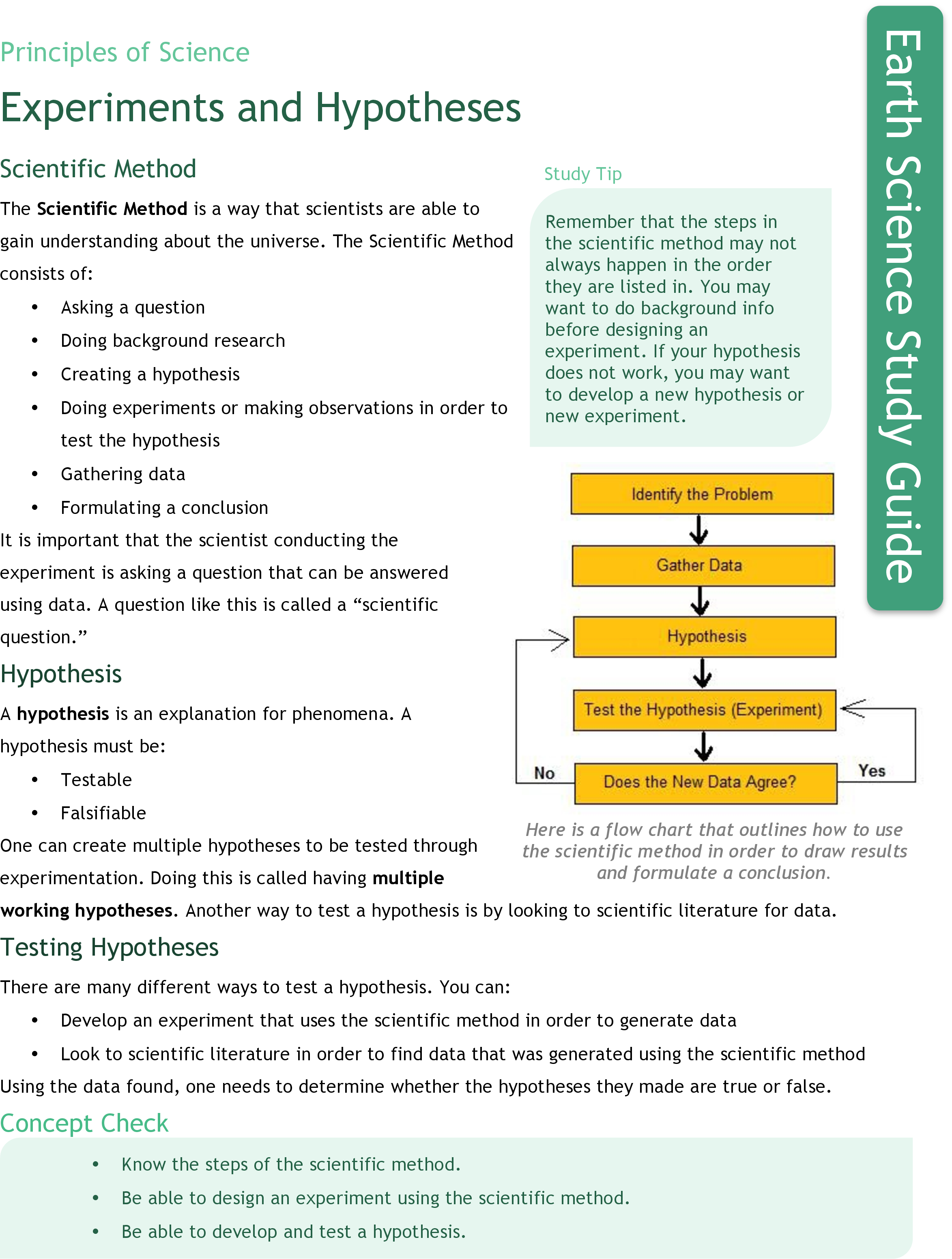
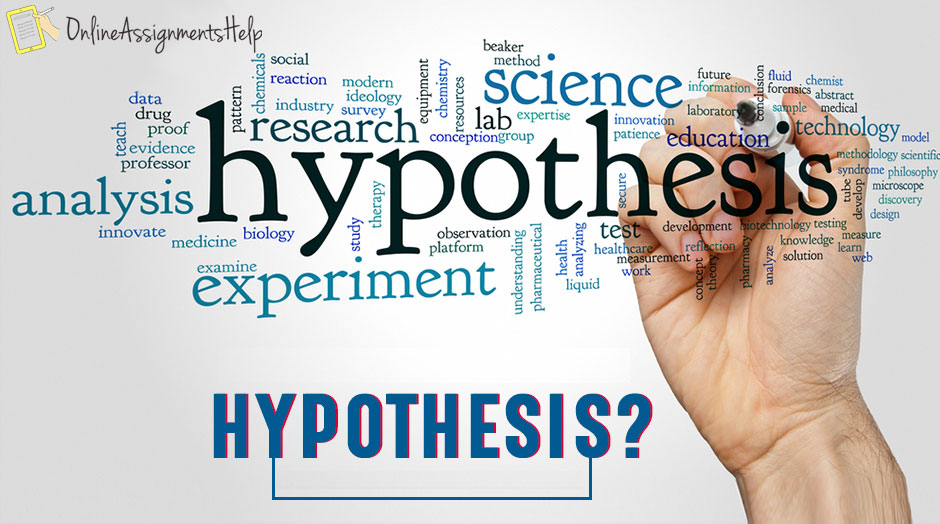


/what-is-a-hypothesis-2795239-ADD-FINAL-V5-6f80deb62e2748ab8839f699bc5ea046.png)


